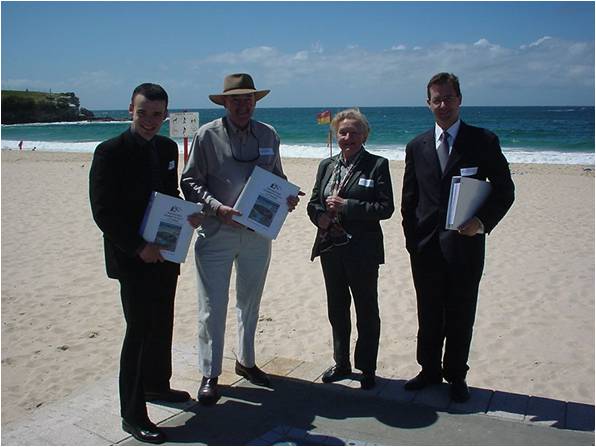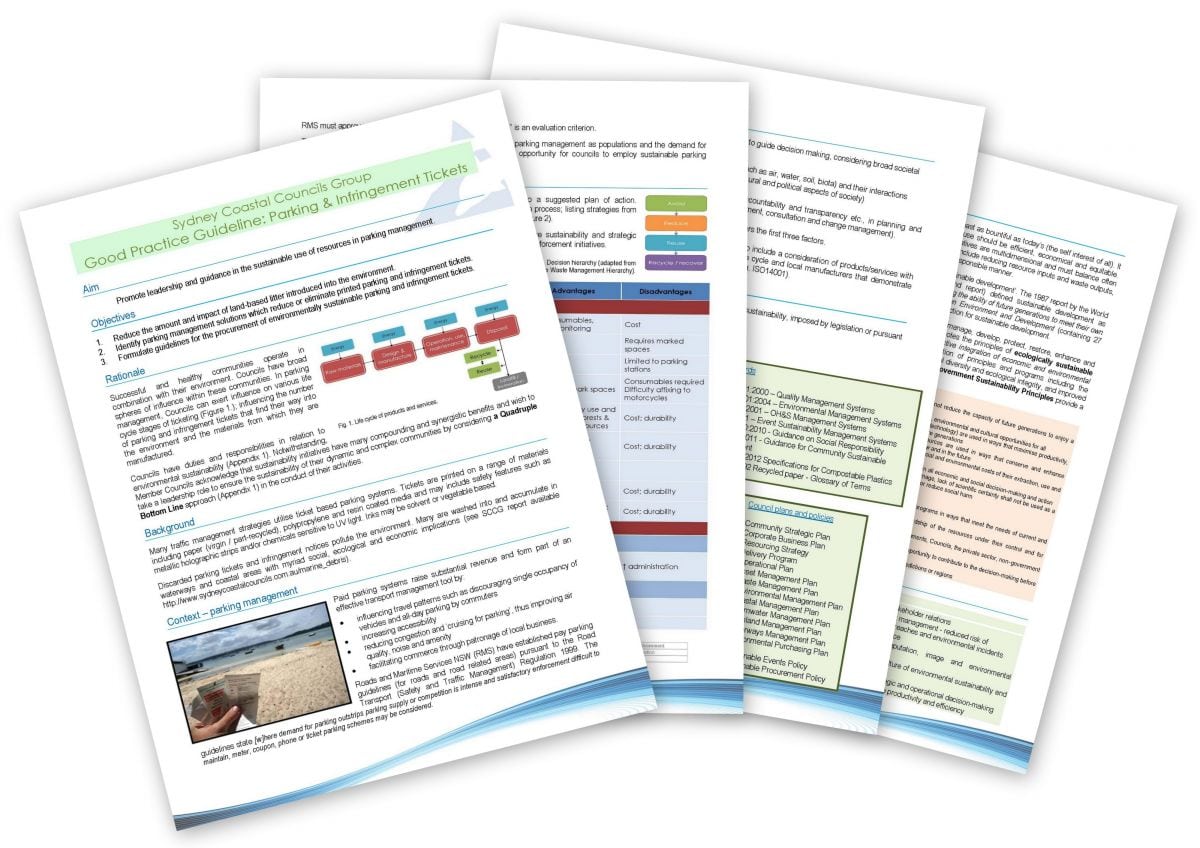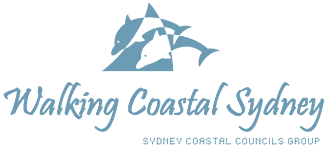Smarter Cleaner Sydney Harbour
Stormwater pollution is a significant problem for coastal waterways and the wider marine estate. Pollutants such as litter and sediment are washed off urban areas during rainfall and conveyed via the stormwater drainage network to receiving waterways. This pollution is not only unsightly but a threat to marine life and public health.
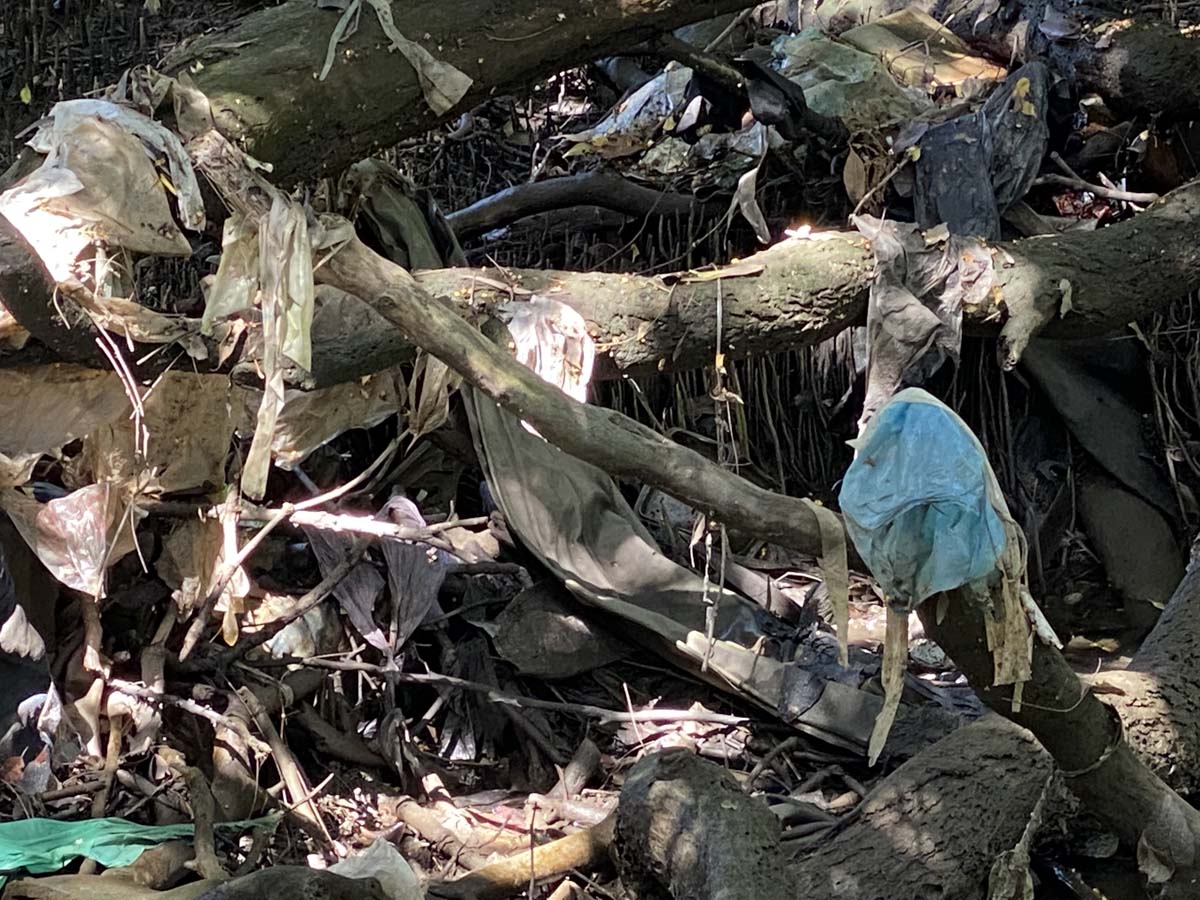
Trapped litter in Duck Creek, Granville (Source: SCCG)
A community survey conducted as part of the development of the NSW Marine Estate Management Strategy identified stormwater as the greatest threat to the marine estate. Similarly, stormwater pollution was identified as the highest priority threat to Sydney Harbour as part of the scoping of the Greater Sydney Harbour Coastal Management Program.
This problem has long been acknowledged. In response, local councils and other stormwater managers have for many decades installed gross pollutant traps (GPTs) on the stormwater network to trap pollutants before they reach the waterways. There are several thousand GPTs now in operation across Sydney and more continue to be installed.
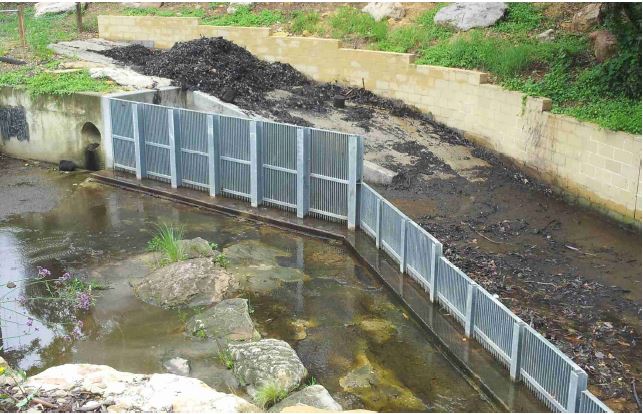
Trash rack style GPT (Source: Stormwater NSW (2020), Guidelines for the maintenance of stormwater treatment measures)
Stormwater treatment technology has evolved considerably in this time. GPT maintenance practices, however, continue to rely on physical inspections and fixed schedules that determine when GPTs are cleaned, irrespective of how full the GPT actually is. That is, cleaning may occur before the unit is full, leading to higher maintenance costs, or may occur after the unit is full, meaning pollution may have bypassed the GPT.
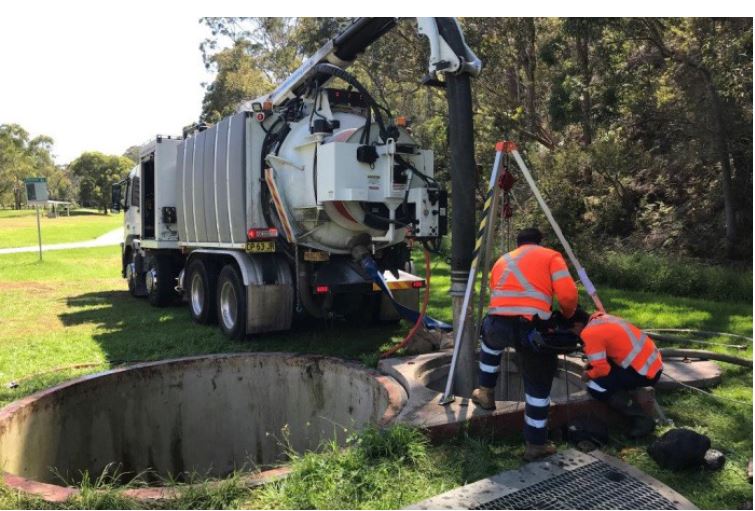
Cleaning of a below-ground GPT (Source: Stormwater NSW (2020), Guidelines for the maintenance of stormwater treatment measures)
Improving GPT maintenance practice through smart technology
Sydney Coastal Councils Group (SCCG) and Parramatta River Catchment Group (PRCG) in partnership with CSIRO and the Sydney Olympic Park Authority (SOPA), recently completed an innovative trial of self-monitoring, analysis and reporting technology (SMART) to improve how GPTs are deployed and managed. This trial involved:
Waterway cameras: Outdoor trail cameras were installed over waterways to take video footage of floating litter. This footage was subsequently analysed using artificial intelligence (AI) machine learning technology to provide data on litter types, quantities, and sources.
GPT sensors: Low cost, low power networked sensors were installed in GPTs to report on the quantity of pollutants collected.
Decision support tool: A tool comprising a computational model, user interface and message notification system, was developed to analyse input data such as flow, GPT capacity and resource availability to help stormwater managers determine the optimum time and resources to clean a GPT.
Five councils are involved in this trial: Northern Beaches, Woollahra, Blacktown, City of Parramatta and Canterbury-Bankstown. Channel 7 recently featured the Smarter Cleaner Sydney Harbour. Watch it here!
The project was supported by the NSW Smart Places Acceleration Program with a $545,000 grant from the NSW Digital Restart Fund. SOPA acted as the NSW state agency project co-partner given Sydney Olympic Park has one of the highest concentrations of GPTs in Sydney.
Some 36 battery operated cameras were installed by SCCG and council staff across five local government areas and Sydney Olympic Park between July and October 2023. Approximately 12 terabytes of video data were collected over five to six months and subsequently analysed using an AI machine learning model. The model was trained to recognised 24 categories of floating litter and 10 material types. Plastic packaging and polystyrene was the dominant litter type however only 1% of images analysis contained litter. However, these data need to be correlated with rain events during which litter captured in the catchments is released. This would determine how representative the data are regarding the relatively cleanliness of urban waterways around Sydney Harbour.
Some 21 low-power sensors utilising long range, wide area network (LoRaWAN) technology were installed in GPTs across four LGAs and Sydney Olympic Park, together with 10 network gateways. Unfortunately issues arose with the connection between the LoRaWAN sensors and network gateways preventing collection of any meaningful data. Some 16 additional sensors using 4G mobile phone technology were subsequently installed with collected data showing GPTs increasing in fullness.
Finally, a decision support tool was developed that sought to analyseis and optimise factors such as flow predictions, initial GPT fullness, resource availability and budget to predict the optimum time to clean a GPT.
The project has successfully concluded. CSIRO is now looking for opportunities to undertake a larger trial at other locations across Australia.
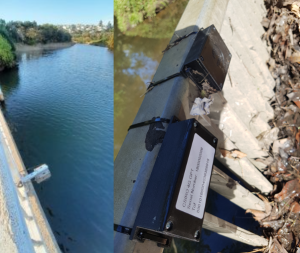

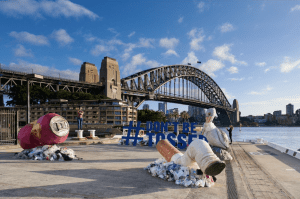
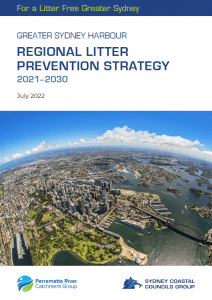
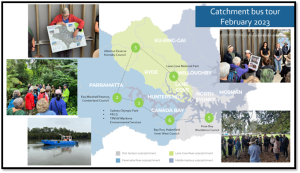
 The Preventing Cigarette Butt Litter in the Sydney Coastal Region project purpose was to provide Member Councils, other authorities and the community with a range of best practice tools and information that they can implement to address cigarette butt littering in their local area.
The Preventing Cigarette Butt Litter in the Sydney Coastal Region project purpose was to provide Member Councils, other authorities and the community with a range of best practice tools and information that they can implement to address cigarette butt littering in their local area.